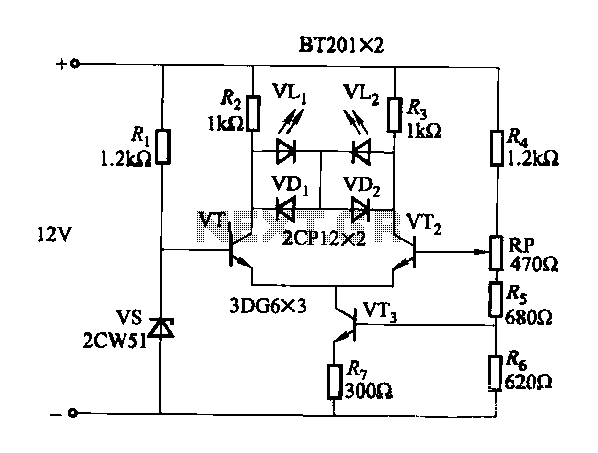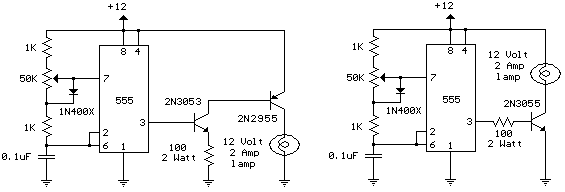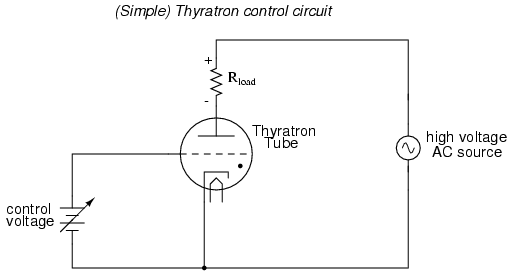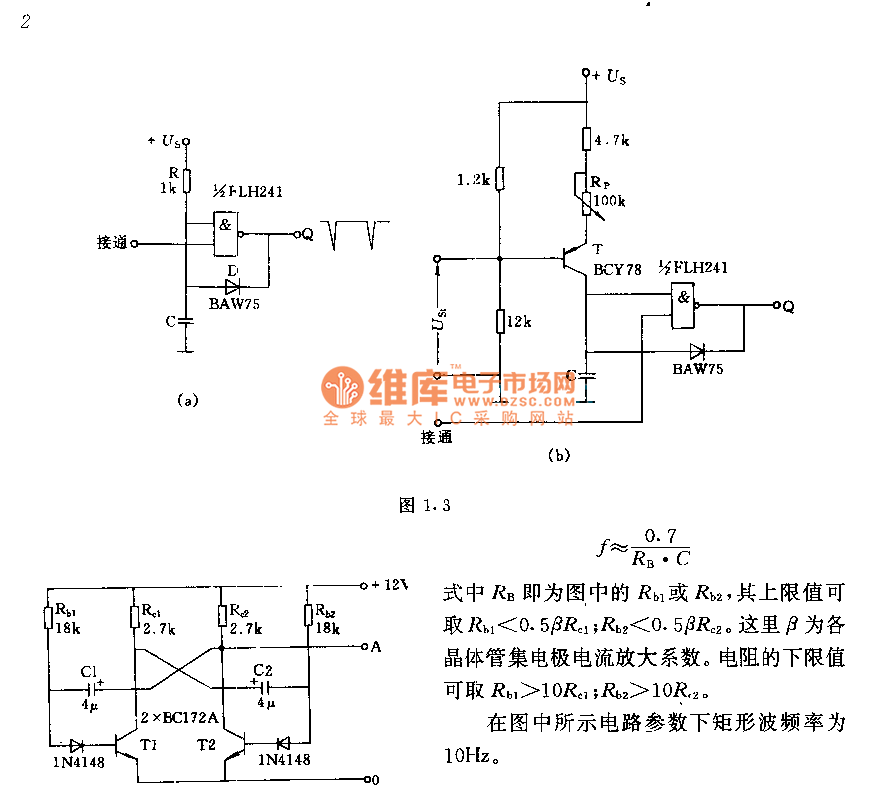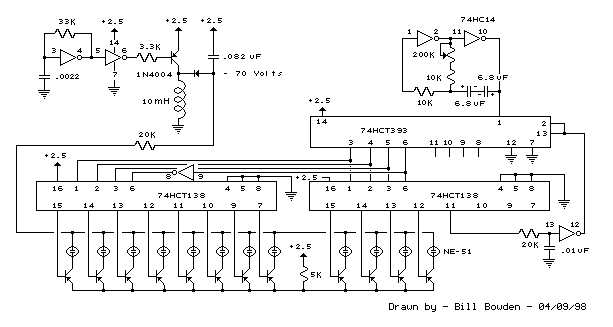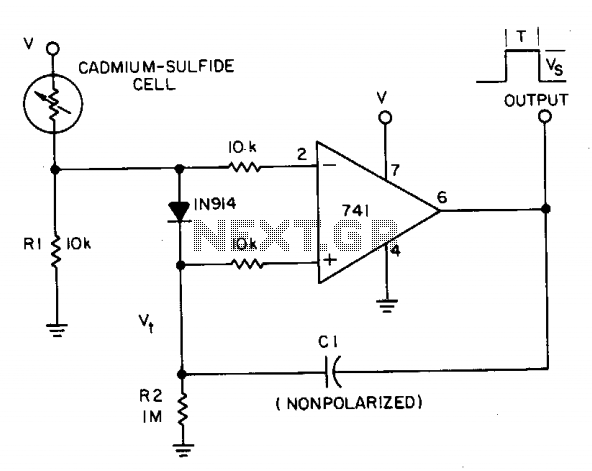
inductor Cutting an RL Circuit

Consider a circuit consisting of a voltage source, a resistor, and an inductor arranged in a closed loop. When the voltage source is activated, the circuit reaches a steady state, during which the inductor stores energy calculated by the formula (1/2)L*(V^2/R^2). The question arises regarding the fate of this energy if the circuit is interrupted by cutting the wire.
In this circuit configuration, the voltage source provides a continuous supply of electrical energy, which is dissipated through the resistor and stored in the inductor as magnetic energy. The energy stored in the inductor is a function of its inductance (L) and the voltage (V) across it, divided by the resistance (R) in the circuit.
Upon interruption of the circuit by cutting the wire, the inductor reacts to the sudden change in current. Inductors inherently oppose changes in current due to their stored magnetic energy. When the circuit is broken, the inductor will attempt to maintain the current flow by inducing a voltage across its terminals, which can lead to a phenomenon known as back EMF (Electromotive Force).
This induced voltage can be quite high, depending on the rate of change of current and the inductance value. If the circuit is simply cut, the energy stored in the inductor may result in a high-voltage spike, which can potentially damage components or create an electrical arc across the cut wire.
To safely dissipate this energy, a snubber circuit or a flyback diode can be implemented. A snubber circuit typically consists of a resistor and capacitor in series across the inductor, which absorbs the energy and prevents voltage spikes. A flyback diode placed in parallel with the inductor allows the current to recirculate through the inductor, providing a path for the energy to dissipate safely.
In summary, cutting the wire in a circuit with a voltage source, resistor, and inductor leads to the release of stored energy from the inductor, which can cause high voltage spikes. Proper circuit protection measures should be employed to manage this energy safely.Say you have a Vsource Resistor and Inductor all nicely in a loop. You let the voltage source run until everything reaches a happy steady state. The Inductor should have energy (1/2)L*(V2/R2). Now. what happens if I cut the wire Where does the energy go 🔗 External reference
In this circuit configuration, the voltage source provides a continuous supply of electrical energy, which is dissipated through the resistor and stored in the inductor as magnetic energy. The energy stored in the inductor is a function of its inductance (L) and the voltage (V) across it, divided by the resistance (R) in the circuit.
Upon interruption of the circuit by cutting the wire, the inductor reacts to the sudden change in current. Inductors inherently oppose changes in current due to their stored magnetic energy. When the circuit is broken, the inductor will attempt to maintain the current flow by inducing a voltage across its terminals, which can lead to a phenomenon known as back EMF (Electromotive Force).
This induced voltage can be quite high, depending on the rate of change of current and the inductance value. If the circuit is simply cut, the energy stored in the inductor may result in a high-voltage spike, which can potentially damage components or create an electrical arc across the cut wire.
To safely dissipate this energy, a snubber circuit or a flyback diode can be implemented. A snubber circuit typically consists of a resistor and capacitor in series across the inductor, which absorbs the energy and prevents voltage spikes. A flyback diode placed in parallel with the inductor allows the current to recirculate through the inductor, providing a path for the energy to dissipate safely.
In summary, cutting the wire in a circuit with a voltage source, resistor, and inductor leads to the release of stored energy from the inductor, which can cause high voltage spikes. Proper circuit protection measures should be employed to manage this energy safely.Say you have a Vsource Resistor and Inductor all nicely in a loop. You let the voltage source run until everything reaches a happy steady state. The Inductor should have energy (1/2)L*(V2/R2). Now. what happens if I cut the wire Where does the energy go 🔗 External reference
